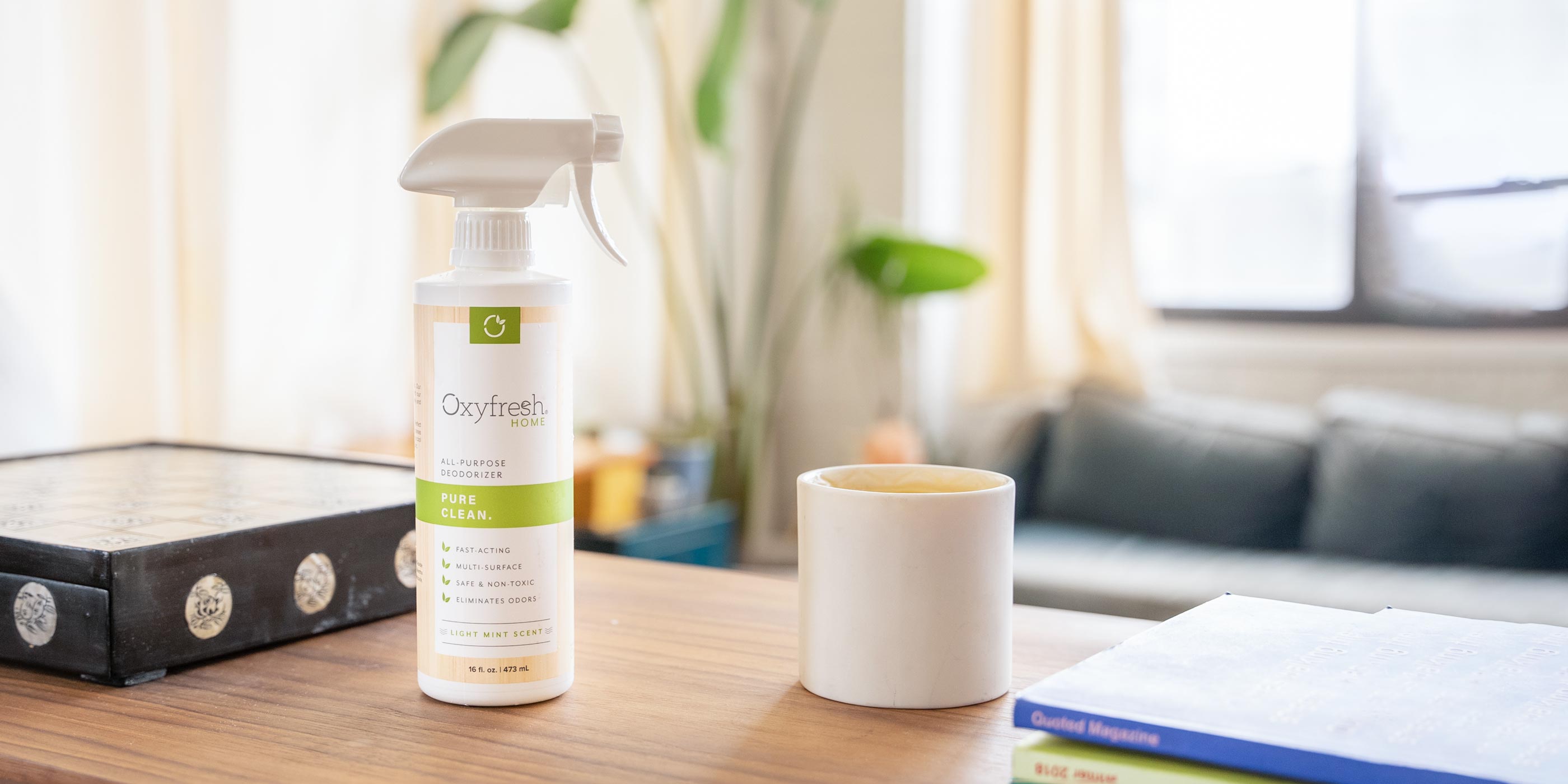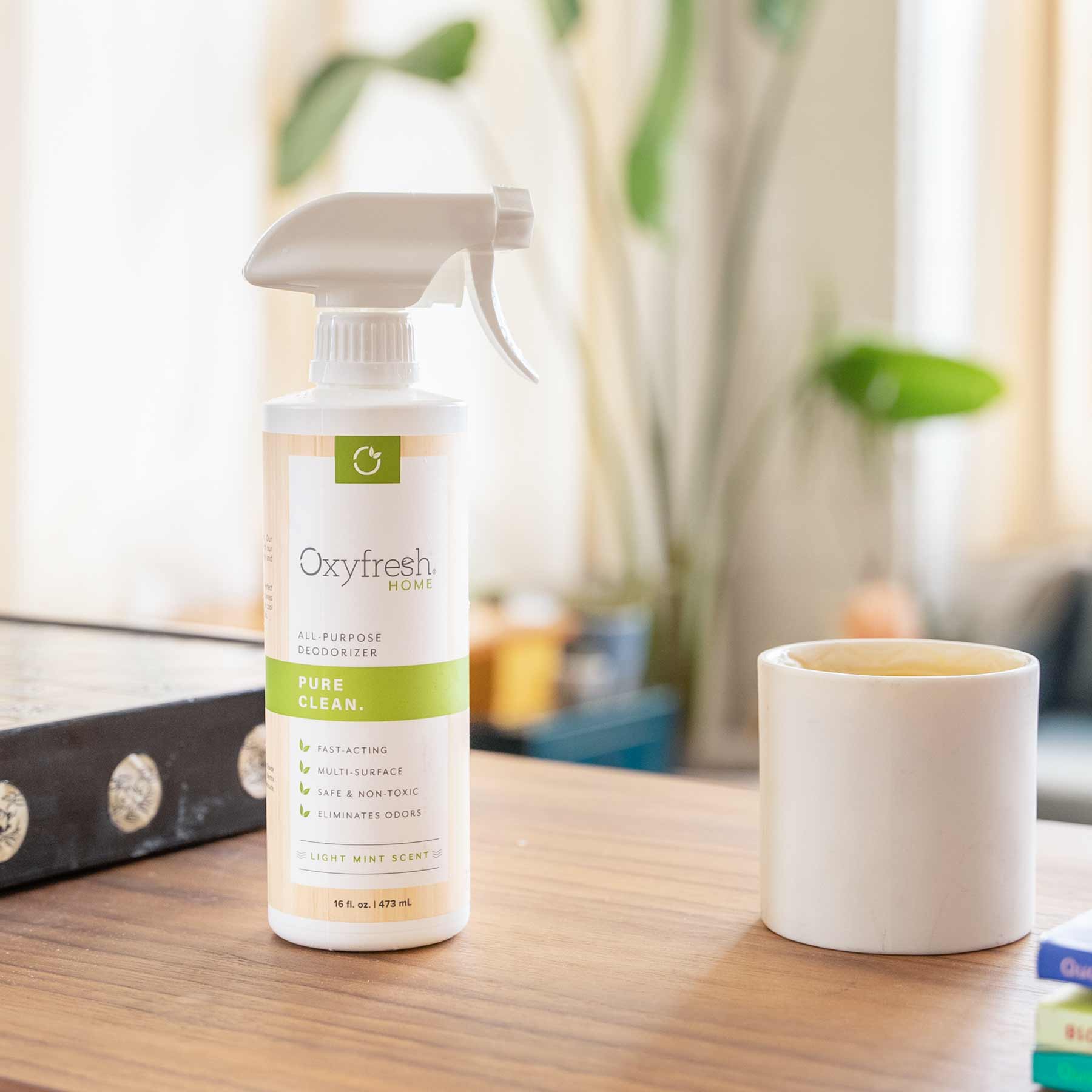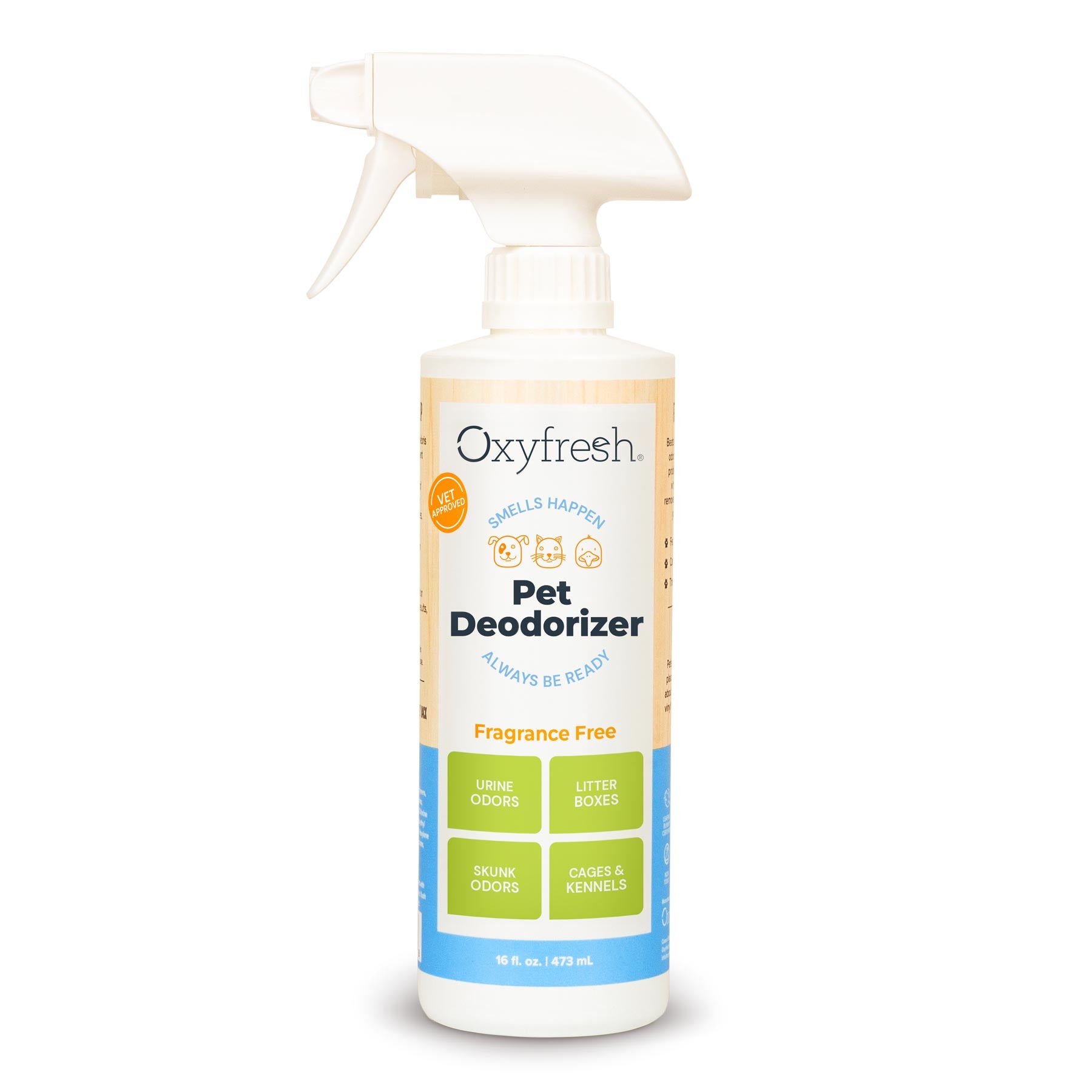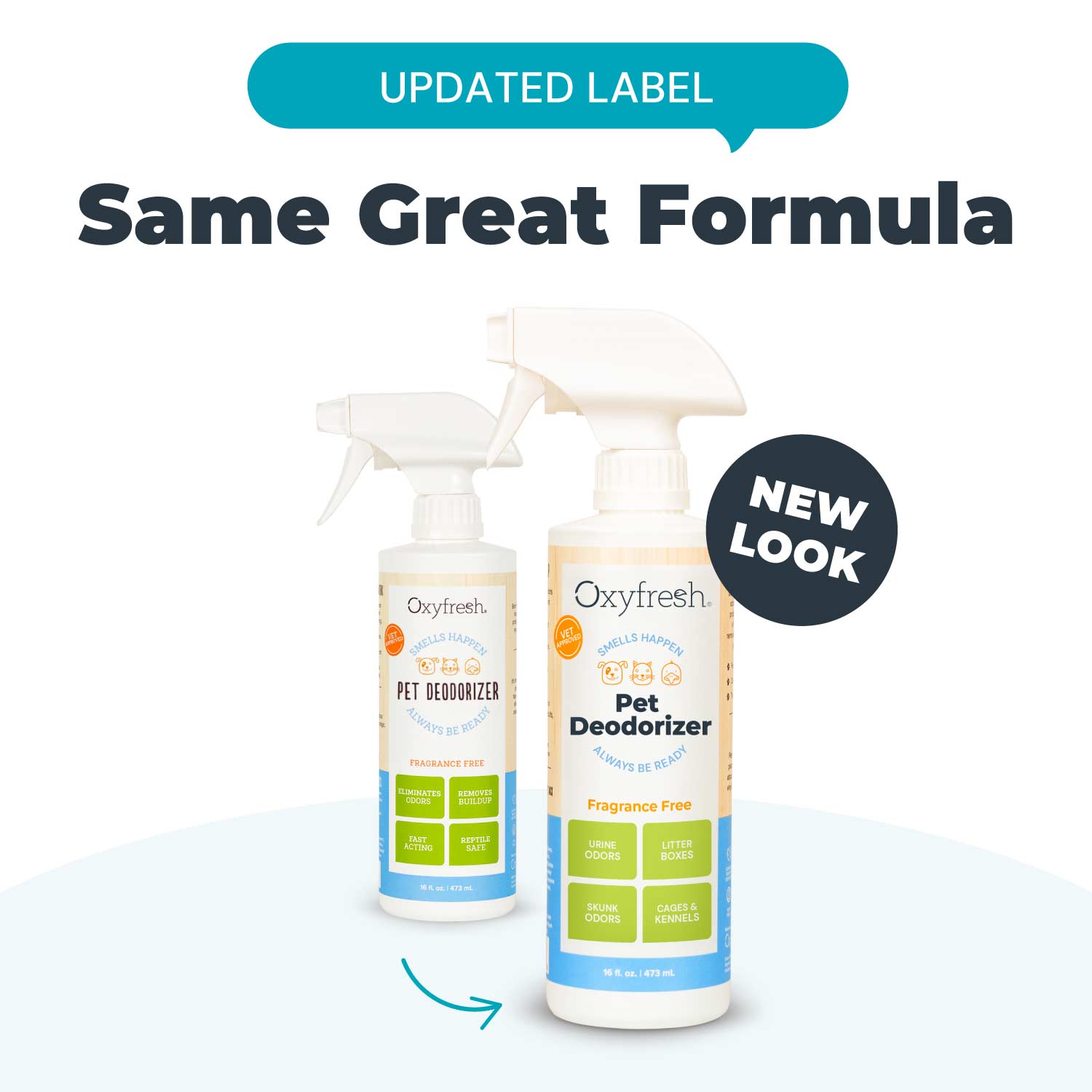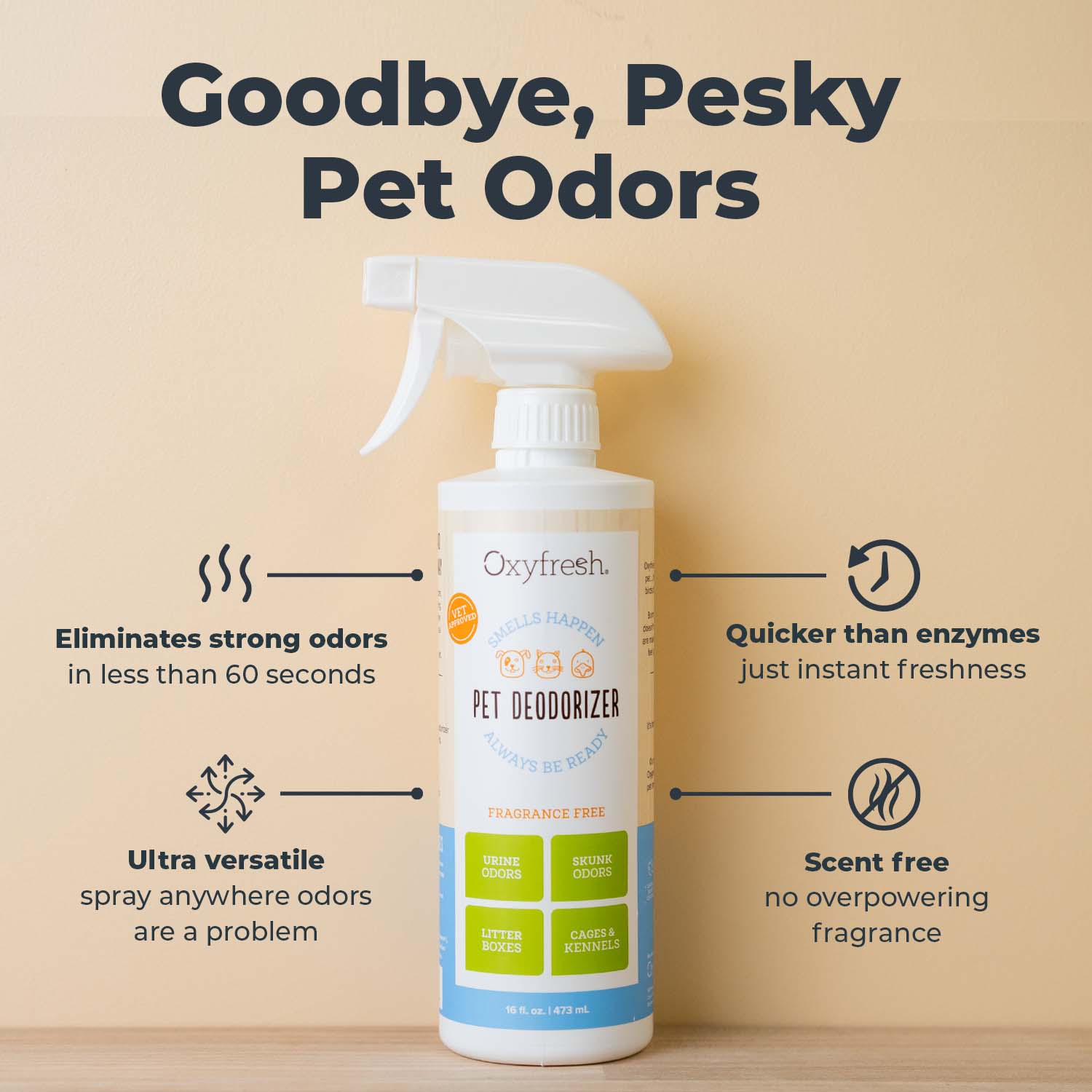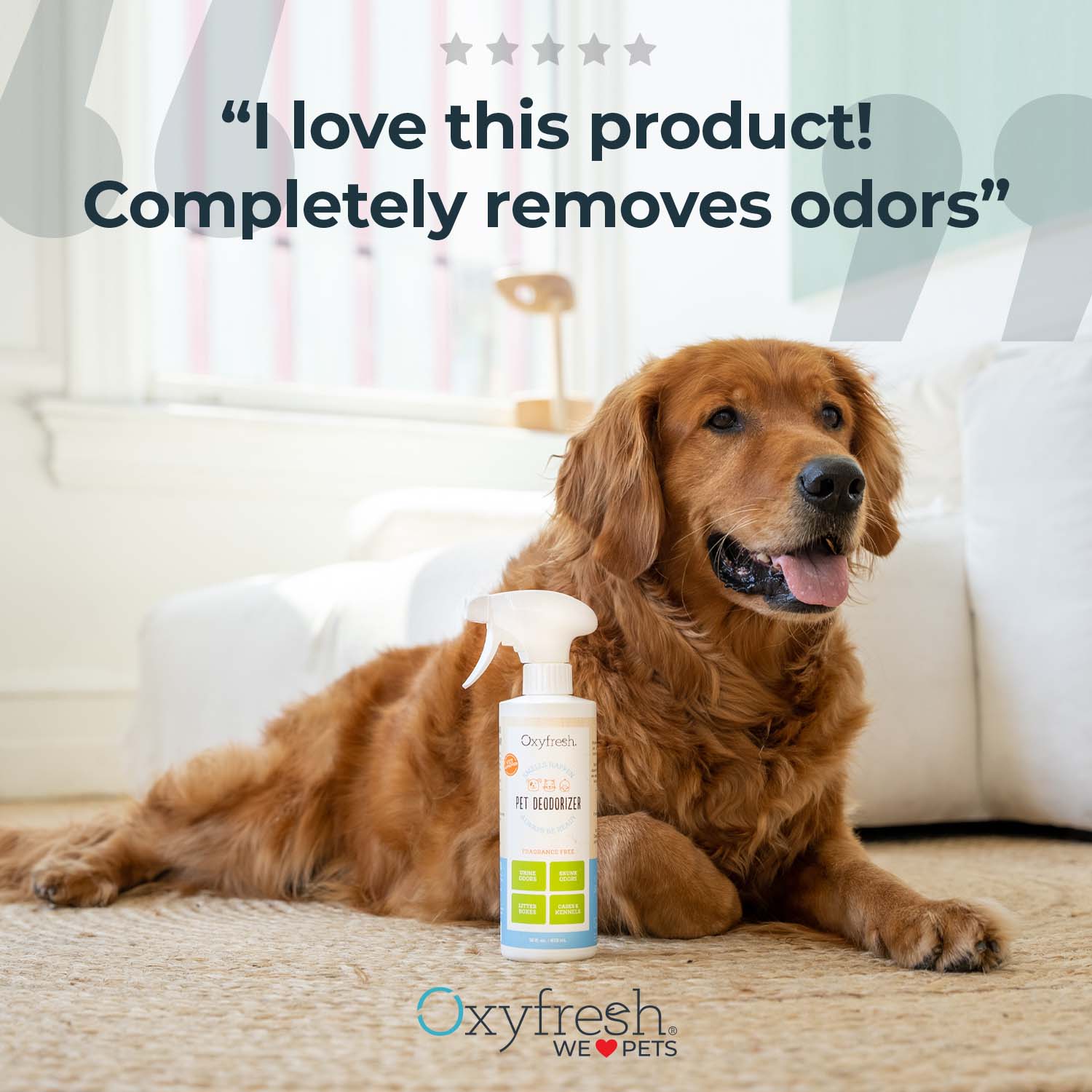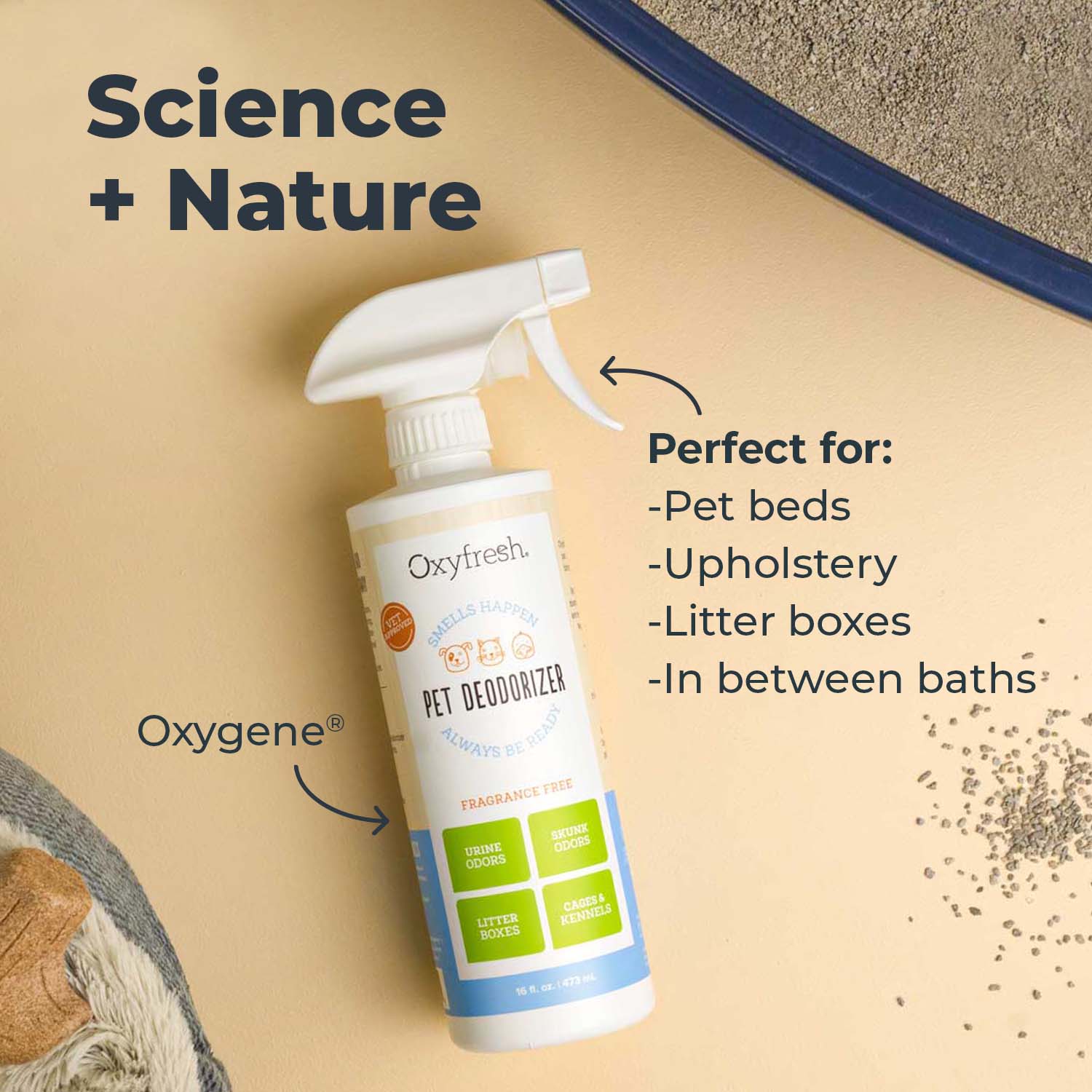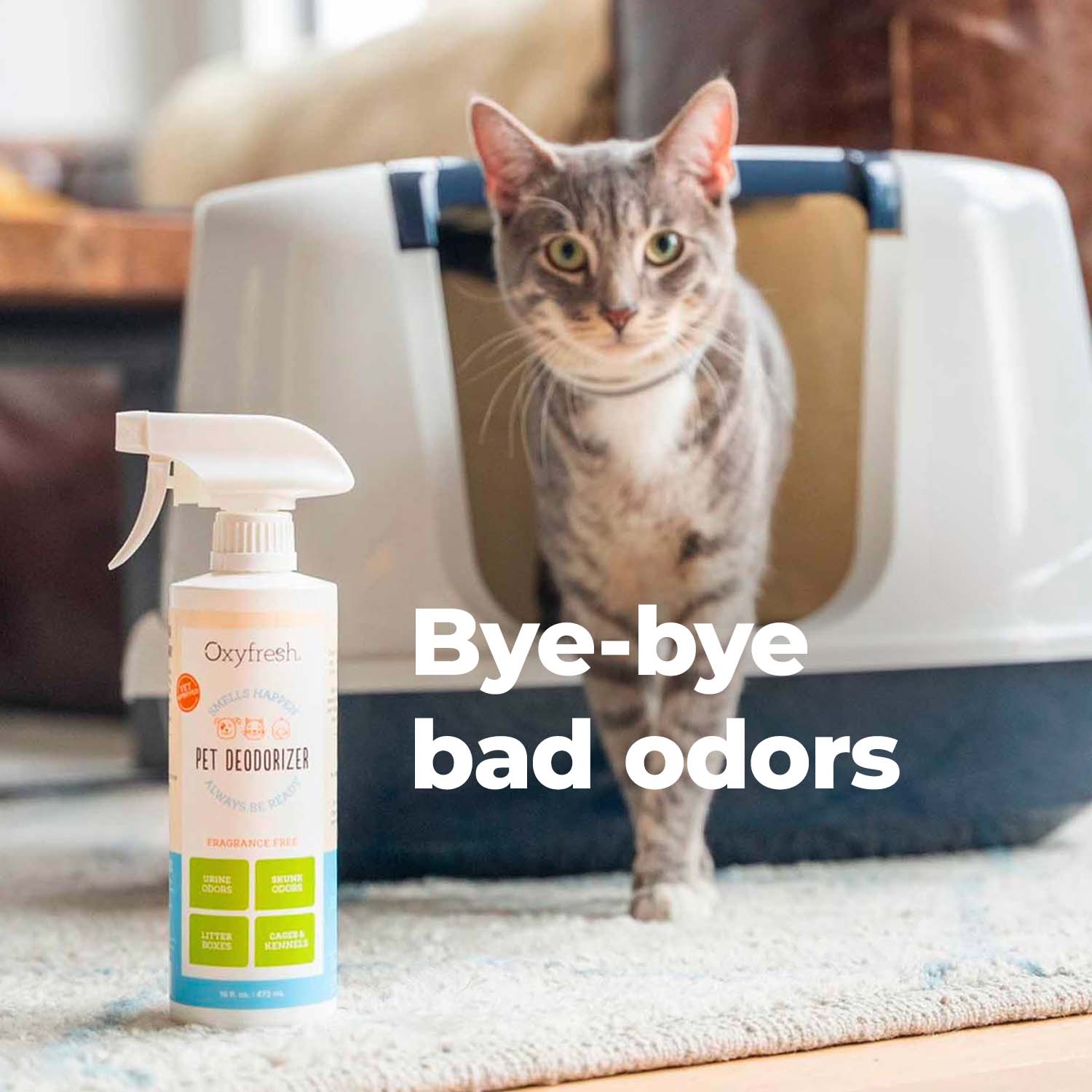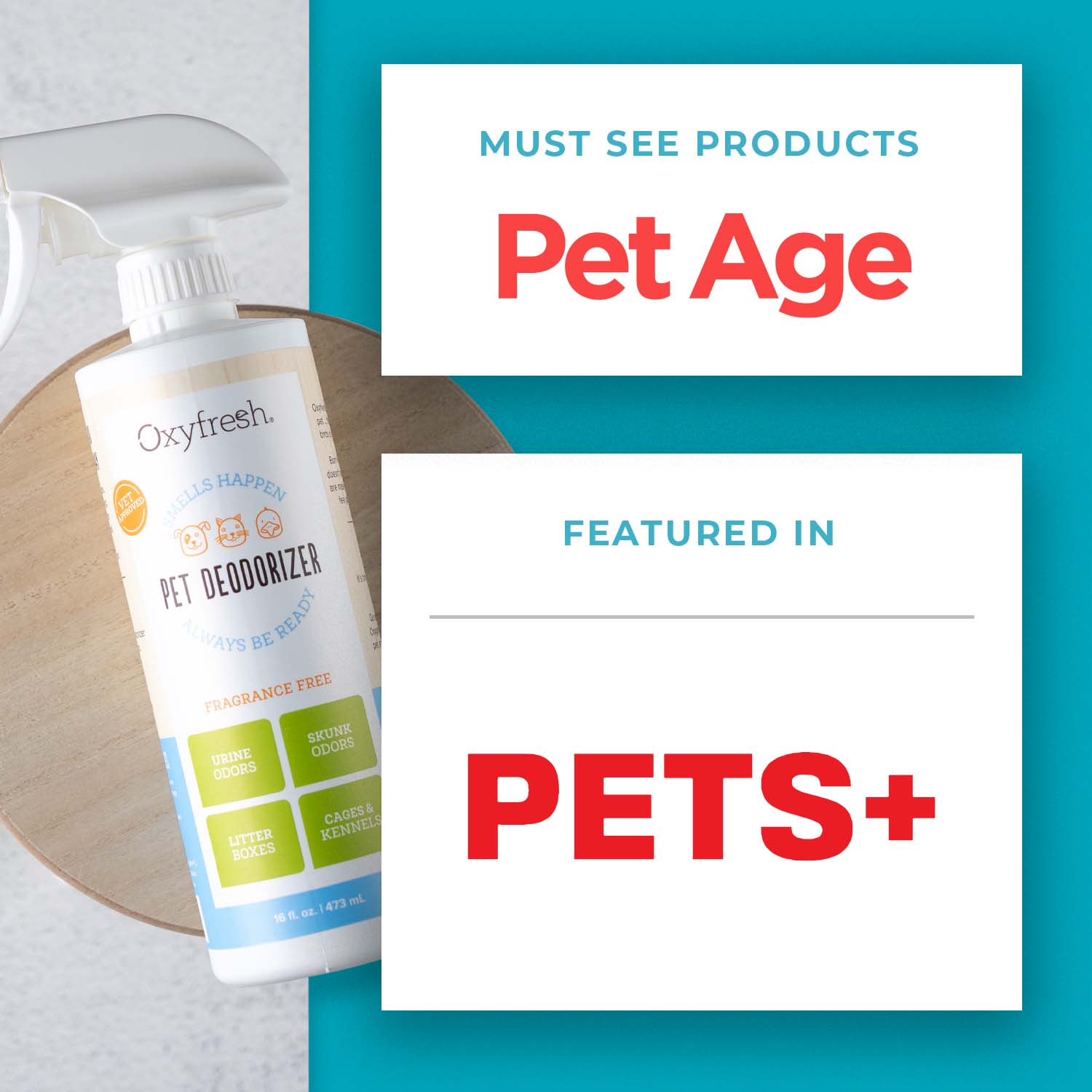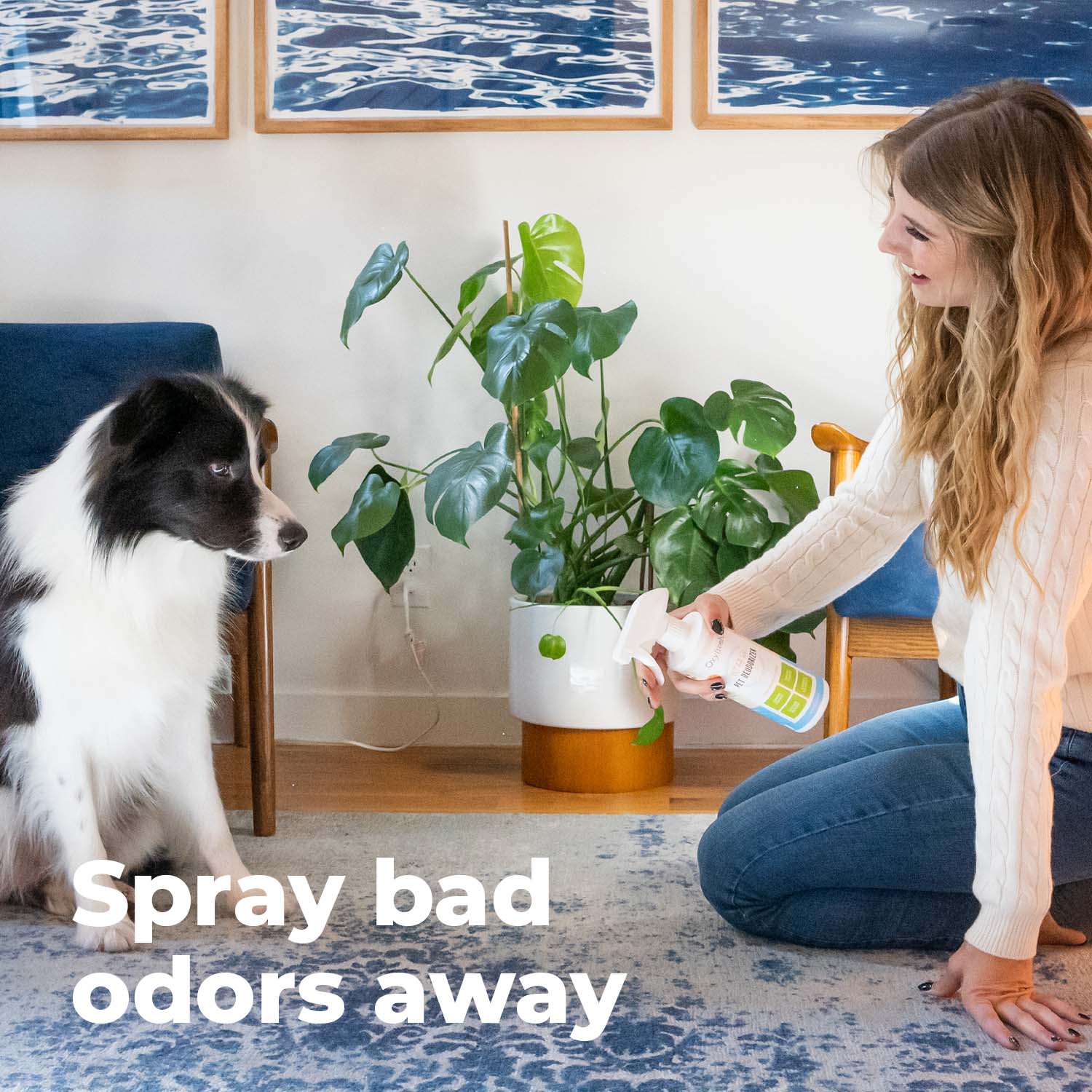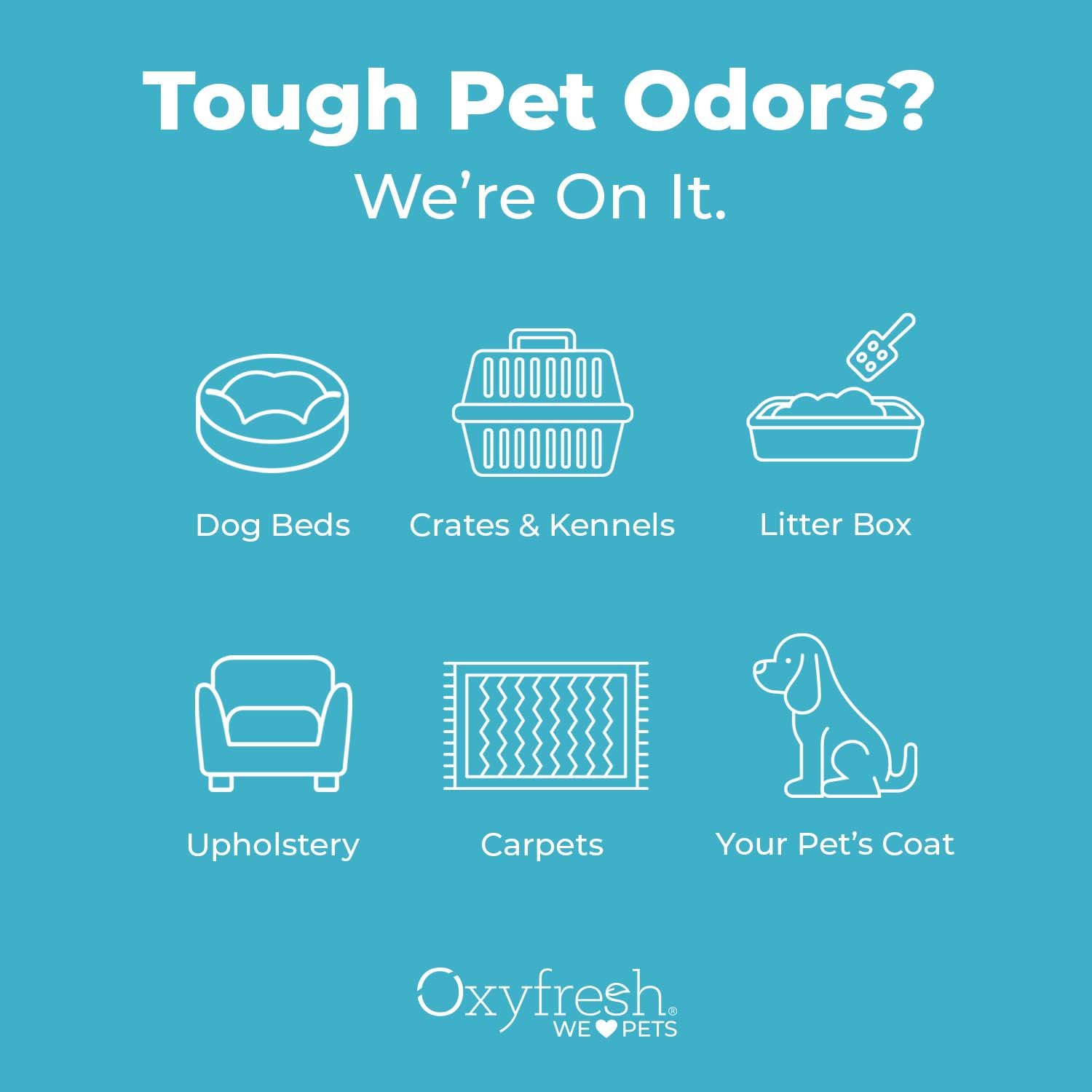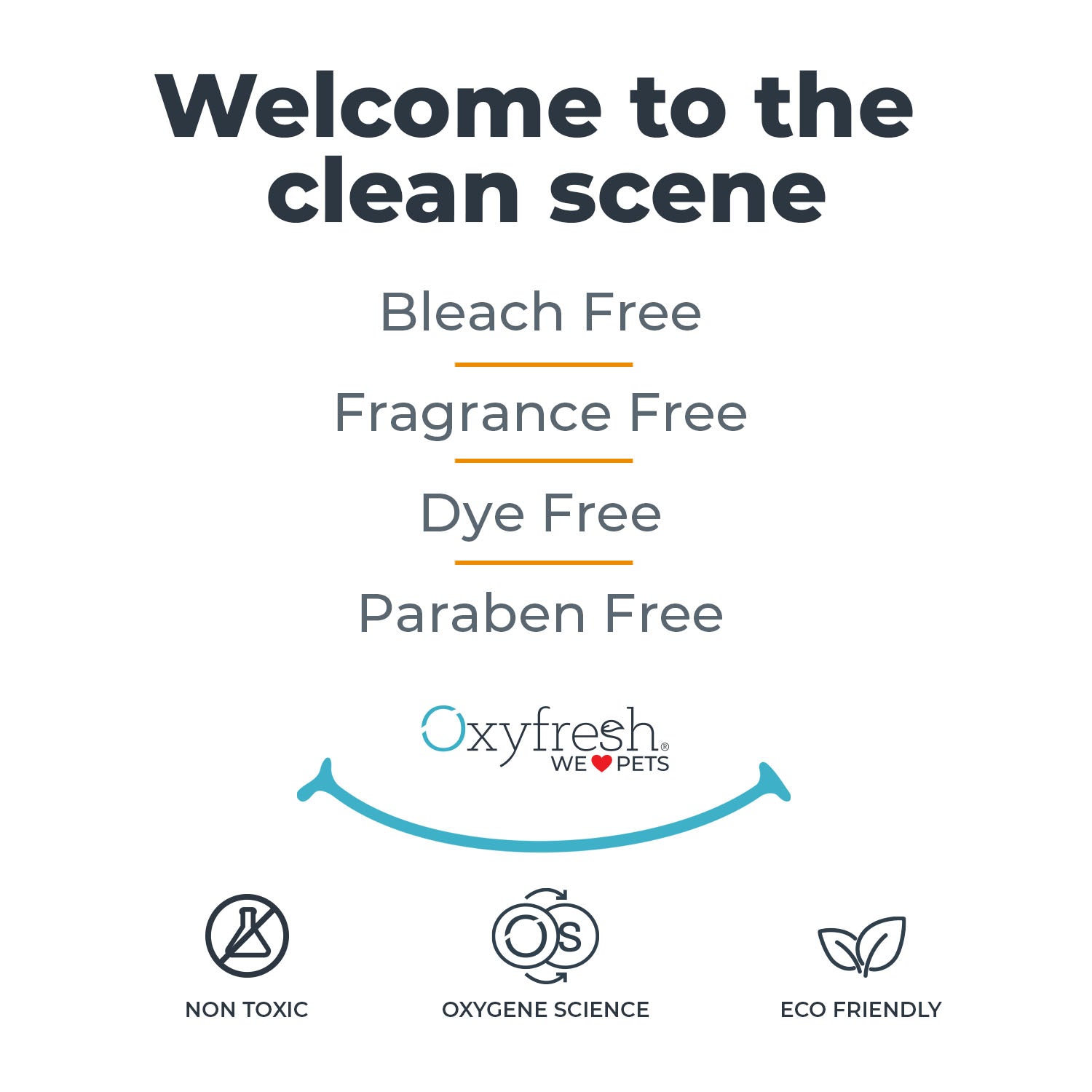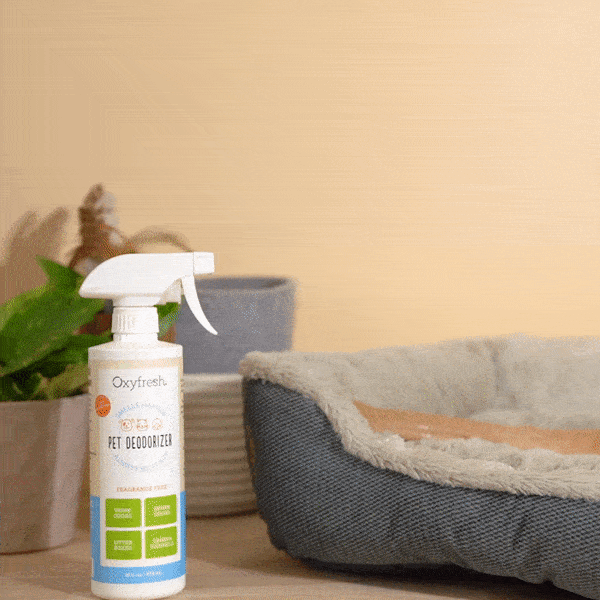Say goodbye in style
It's Time to Bid Farewell
Our legendary household heroes—the Home Deodorizer, the Face & Body Wash, also known as Cleansing Gelé–are taking their final bow on the grand stage of cleanliness.

Household Freshness Duo
A Final Blast of Freshness
Prepare to shed a tear of joy, because these prodigies of purity are going out with a bang! 🎉 From their remarkably refreshing fragrances to their unrivaled cleansing power, our dynamic duo has been a staple in countless homes, bathroom shelves, and underarms alike. They've fought odors, conquered dirt, and even faced the occasional bubble bath rebellion—all in the name of your squeaky-clean satisfaction.
Keep Calm and Smell On
A Fond Farewell, But the Freshness Marches On
As we bid adieu to our Freshness Duo, let's remember that life is a fragrant adventure with new chapters awaiting us. While we'll miss their fresh embrace, we're excited to continue on a journey of innovation, concocting even fresher, funk-defying wonders that will leave you speechless—and your life smelling
fantastic!
So, fresh-minded friends, let's gather 'round, raise our virtual glasses, and toast to the legacy of our Home Deodorizer and Face & Body Wash. Thank them for the countless moments of freshness they've gifted us, and get ready to welcome the future with open arms.

